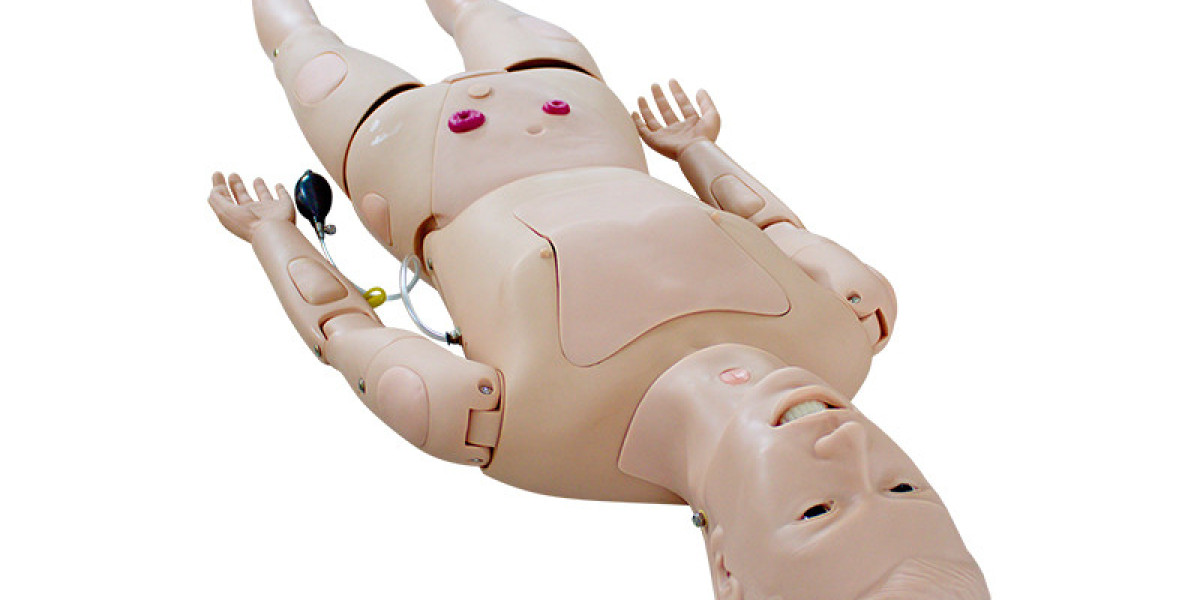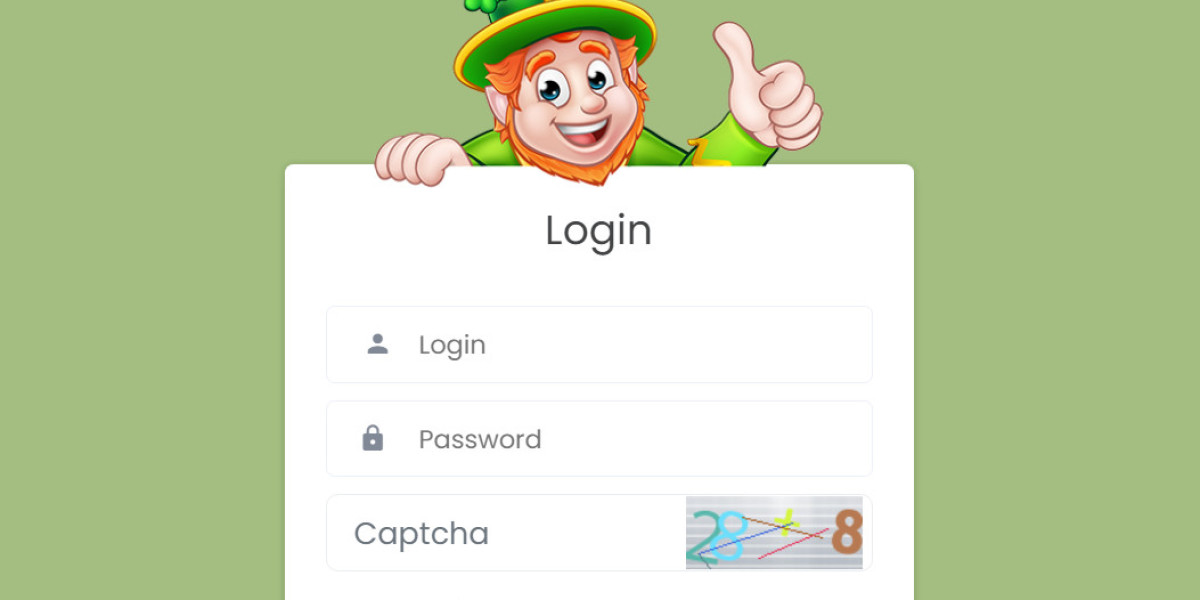In medicine, knowledge alone is not enough. The ability to act swiftly and accurately in high-pressure situations comes from repeated, hands-on experience. This is where https://medvisionsim.com training mannequins play a vital role. As silent partners in medical education, they offer doctors a safe, realistic space to practice procedures, improve techniques, and build the confidence necessary for real-world clinical work.
What Are Medical Training Mannequins?
Medical training mannequins are advanced anatomical models designed to replicate the human body and its responses. From basic practice dummies to highly interactive, life-sized simulators, these tools can simulate breathing, bleeding, heartbeat irregularities, childbirth, and even patient interaction.
They are widely used in:
Medical universities and nursing schools
Residency training programs
Emergency departments
Military medical units
Continuing professional development programs
Features That Make the Difference
Modern training mannequins come equipped with innovative technology that makes training sessions as close to real life as possible. Some of their key features include:
Responsive systems: Mannequins can react to medical interventions such as injections, defibrillation, or medication.
Vital sign simulation: Breathing, pulse, blood pressure, and even pupil dilation can be mimicked.
Realistic anatomy: From skin texture to internal organ placement, mannequins help familiarize students with real human bodies.
Speech and emotion simulation: Some advanced mannequins can "speak" or show distress to train communication and empathy skills.
Benefits of Simulation-Based Training
Hands-On Learning Without Harm
Students can practice complex and invasive procedures repeatedly without risking a patient's health.Preparation for Rare Scenarios
Mannequins allow doctors to experience and respond to critical, uncommon, or emergency situations that they might not encounter during clinical rotations.Immediate Feedback and Improvement
Many simulators come with tracking systems that offer data on technique accuracy, time management, and overall performance.Teamwork Development
Multidisciplinary teams can train together, improving coordination and decision-making during surgeries, codes, and trauma situations.
Practical Applications Across Specialties
Emergency Medicine: Simulating cardiac arrests, strokes, trauma cases, and shock response
Surgery: Practicing laparoscopic procedures, suturing, and wound care
Obstetrics: Managing childbirth complications like breech delivery or postpartum hemorrhage
Pediatrics: Training in infant and child resuscitation and acute illness management
Anesthesiology: Mastering intubation, airway management, and sedation techniques
The Future of Training Mannequins
The next generation of mannequins will integrate even more AI capabilities, cloud-based learning platforms, and biometric sensors. These innovations will create adaptive simulations that evolve based on each student’s learning curve — enabling a personalized path to mastery.
We can also expect deeper integration with virtual and augmented reality, allowing users to visualize internal organs, overlay patient data, and interact with scenarios that go beyond the physical model.
Conclusion
Training mannequins have transformed medical education by making hands-on learning more accessible, effective, and safe. They empower doctors to gain critical experience, fine-tune their skills, and approach each real-life patient with greater confidence and care. As technology evolves, so too will these silent teachers — continuing to raise the standards of modern healthcare, one simulation at a time.







